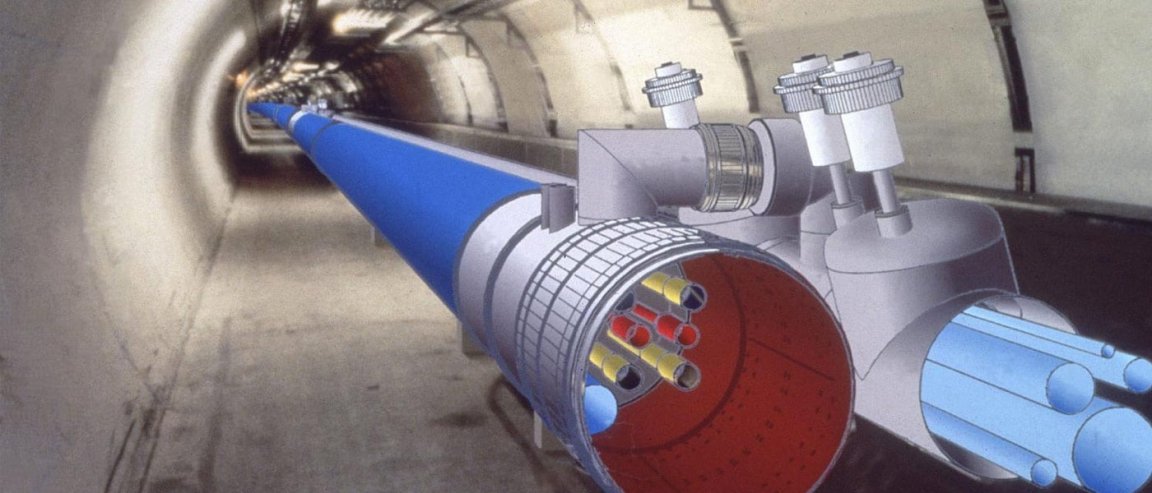
Simulating The Impossible
Back in February, physicists from Japan presented evidence that they may have generated tetraneutrons, a particle consisting of four neutrons. But we had no model that revealed how they could possibly exist.
Until now.
Now, an international team of scientists have used sophisticated supercomputer simulations to show how a tetraneutron could be quasi stable, revealing data that matched with the previous Japanese experiment, according to a new study published in Physical Review Letters.
This is a remarkable find. First, neutrons on their own aren’t very stable — they decay into protons in 10 minutes. Second, Pauli’s Exclusion Principle dictates that particles in the same system cannot be in the same quantum state, meaning two, three, or four neutron systems aren’t theoretically possible.
But the simulations in the study confirm the possibility of tetraneutrons. They show how four neutron systems could be quasi-stable, and would have a life of merely 5 × 10-22 seconds. That may not seem like much, but it’s long enough for the particle to be studied.
The simulation matches neatly with the findings of the Japanese experiment. That experiment was bombarding Helium-8 beams with Helium-4 atoms that turned the Helium-8 into Helium-4, with four leftover neutrons.

Those four neutrons are thought of to become a tetraneutron briefly — about one billionth of a trillionth of a second — before decaying into four separate neutrons.
New Physics
If the existence of the tetraneutron is proven true, that would mean we’d have to examine how we look at nuclear forces. Current models dictate the need for a proton to hold together a nucleus. The existence of the tetraneutron means there is a yet undiscovered interneutron force.
But there’s a sort of precedent for clustering of neutrons. For instance, neutron stars are composed of neutrons, each one having 10^57 particles. Studying tetraneutrons would go a long way at explaining how a seven mile radius ball of neutrons forms and holds itself together.